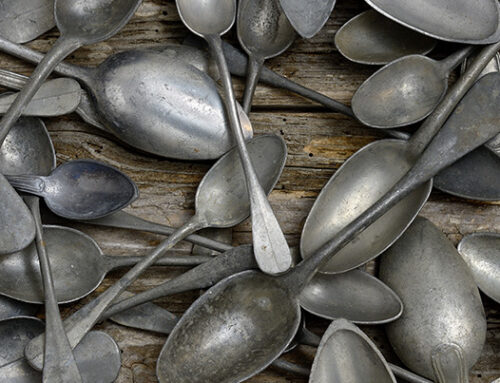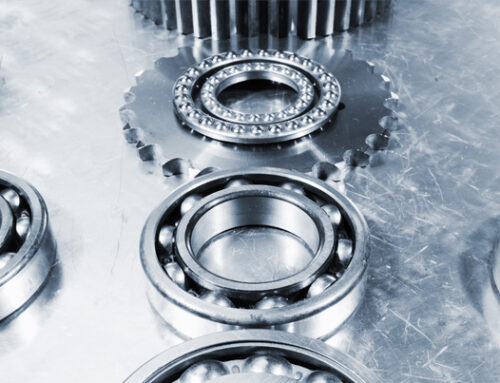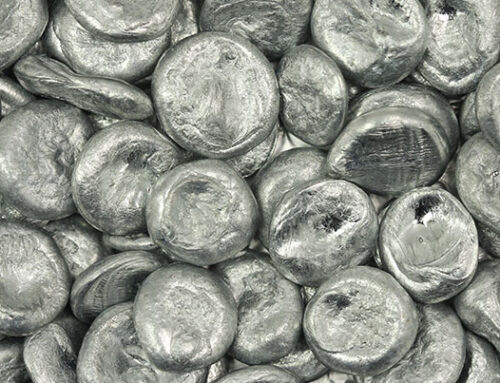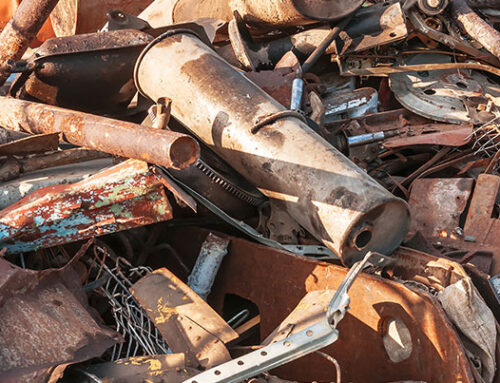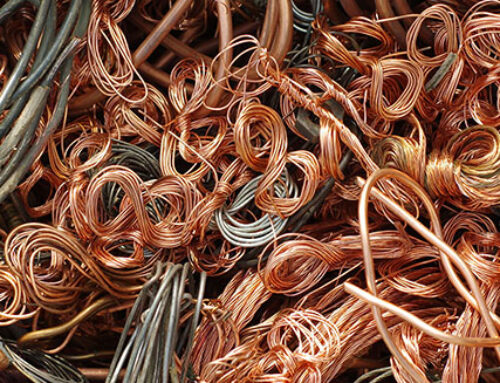Steel is an essential material that scrap yards are constantly seeking. In fact, as much as 50% of the steel created in the United States ends up being recycled to make new steel components. This is good for the environment and the economy because steel can easily be reused to create new steel products.
However, not all steel is the same—and different steels fetch different values. To make the most money when recycling your scrap with Encore Recyclers, you should learn a bit about different types of steel.
Why There Are Different Types of Steel
Steel is an alloy, or a metal made by combining other metals through a smelting process. While all steel contains iron and can be categorized as a ferrous metal, the other metals present in a given piece of steel can vary widely based on what the steel is intended to be used for.
Steels using certain metals, for example, may be more conductive, stronger, or more flexible than other kinds of steel. The steel used to construct the framing for a high-rise and the steel used in exhaust systems will use different metals because they are required to do different things.
[alert type=”info”]NOTE: Stainless steel is its own category and is priced as its own commodity. While there are some magnetic grades of stainless steel, it is not considered a ferrous commodity.[/alert]
Prices will vary for different types of steel. Some are inherently more valuable because they are rarer or can be more widely used, while others that are more highly specialized will change in price more drastically from one day, week, or month to the next.
How to Sort Out Different Types of Steel Scrap Metal
Different types of steel can be sorted from one another using a technology called x-ray fluorescent analysis. This technology uses radiation/light to tell scrap experts what metals are present in a given piece of scrap. We have three of them here at Encore. We’d love to be able to recommend purchasing one, but since they range from $30,000 to $40,000, they’re not a practical purchase for the typical scrap metal enthusiast.
There are other ways to sort out different types of steel from one another, but they involve actually melting the steel down—which is more expensive for scrap recyclers and not as good for the environment.
Whenever you bring in a load of scrap at Encore Recyclers, one of our employees will sort different types of steel (and other alloys and pure metals) from each other in order to give you a fair price.
However, you can save yourself time and make more money scrapping by sorting out metals before bringing them in to the facility. Because no Encore labor is used in the sorting process if you do it yourself, you can be paid more for your scrap (because the cost to the scrapyard is decreased).
You can do some basic sorting simply by separating different types of components from one another based on what they were used for.
Some Common Types of Steel and Their Uses
Here are some examples of different types of steel frequently seen at Encore and similar recycling facilities. Having this basic knowledge can help you begin sorting your own steel—and saving yourself time and boosting your income in the process.
Tool steel: a variety of carbon and alloy steels that is well-suited to be made into tools. Tool steel has a distinctive hardness, resistance to abrasion and deformation, and ability to hold a cutting edge at elevated temperatures. Tool steel is suited for use in the shaping of other materials.
Cast steel: an iron alloy with up to 1.7% carbon by weight. Steel castings are solid metal objects produced by filling the void within a mold with liquid steel; as a result, you might see a “parting line” where the mold separates. Cast steel can be confused with cast iron, especially because they are both ferrous metals. We’ll be writing a blog post in the future about how to tell the difference.
Spring steel: used in the manufacture of springs, prominently in automotive and industrial suspension applications. These steels are generally low-alloy, medium-carbon steel or high-carbon steel with a very high yield strength.
Rebar: short for “reinforcing bar,” a steel bar or mesh of steel wires used to reinforce concrete and masonry structures.
Sheet steel: formed by an industrial process into thin, flat pieces. Aluminum, brass, copper, tin, nickel, and titanium can also be formed into sheet metal, but steel is the only one of these that is ferrous/magnetic.
Hot rolled steel: produced by rolling the steel at a high temperature. Hot rolled steel is typically cheaper than cold rolled steel. When hot rolled steel cools, it will shrink slightly, so there is less control over the size and shape of the finished product when compared to cold rolled. It’s often used for products like railroad tracks and I-beams, where precise shapes and tolerances are not required, and it tends to have a rougher finish than cold rolled steel.
Cold rolled steel: hot rolled steel that is processed further by cooling and then rolling at room temperature. Cold rolled steel is used in projects where tolerances, surface condition, concentricity, and straightness are the major factors. Cold rolled steel tends to have a smoother finish than hot rolled steel.
Plate and structural steel: includes prepared I-beams, channels, angles and/or plates, steel girders, and structural steel from demolition scrap.
AR (Abrasion Resistant) steel: Exhibits high abrasion resistance and hardness. The addition of carbon and manganese coupled with quenching and tempering increase the hardness of the steel to create a durable, impact-resistant surface. It is a common material for conveyors, chutes, linings, hoppers and handling equipment in the materials handling and mining industries.
Stainless Steel:
17-4 stainless steel – used in the food and aerospace industries
300 series stainless steel will not stick to a magnet
- 304 stainless steel – used in kitchen equipment
- 310 stainless steel – used in high-temperature equipment
- 316 stainless steel – used in the food industry and in boating equipment
- 321 stainless steel – utilized in exhaust systems
400 series stainless steel is magnetic and contains no nickel
Knowing what kind of steel you have will not only save you time and net you more money; it will also allow you to watch the changes in the market for your particular steel components, meaning that you can sell when prices are higher and make scrapping even better for your wallet.



